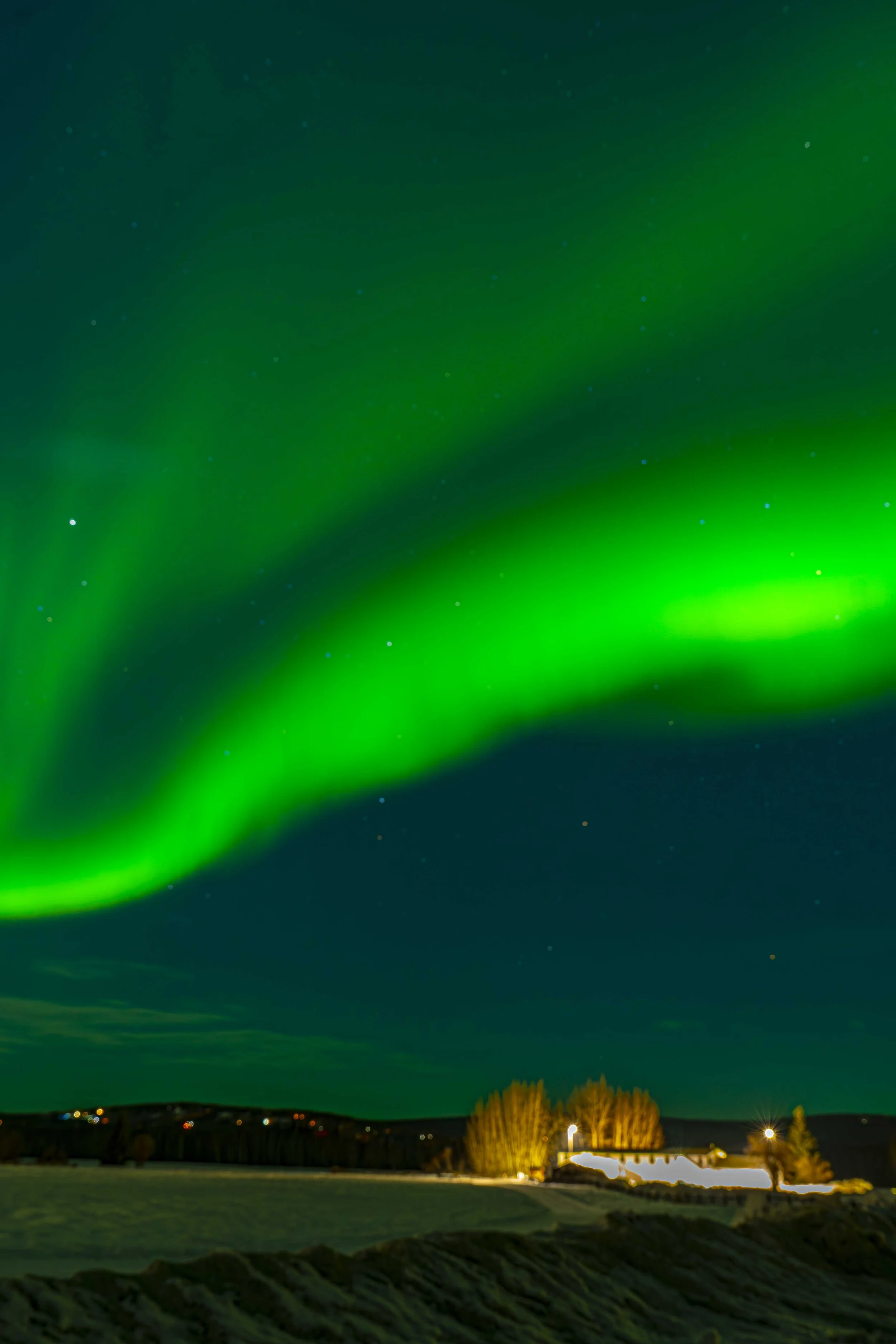
Northern Lights & Glacier Escape: Alaska Adventure
Day 1: Arrival in Anchorage & Wildlife Exploration
Arrival in Anchorage:
Fly into Ted Stevens Anchorage International Airport. (~$500–$700 round trip).
Pick up a 4WD rental car
Lunch in Anchorage
Alaska Wildlife Conservation Center: (optional if we have the time and Energy after a long flight)
Explore this sanctuary dedicated to Alaska's wildlife, including bears, moose, and bison.
Cost: ~$17/person.
Website: Alaska Wildlife Conservation Center.
Return to Anchorage:
Drive back to Anchorage (~1 hour).
Accommodation Check-In:
Overnight stay in Anchorage.
Day 2: Matanuska Glacier Adventure
9:00 AM: Breakfast in Anchorage.
10:00 AM: Drive to Matanuska Glacier:
Drive ~2 hours (100 miles northeast via Glenn Highway).
12:30 PM–3:30 PM: Matanuska Glacier Guided Hike (3-hour tour):
Explore ice caves, crevasses, and formations with a guided tour.
Cost: $150/person included
Website: Matanuska Glacier Adventures.
4:00 PM: Drive Back to Anchorage:
Return to Anchorage (~2 hours).
6:30 PM – Dinner:
8:00 PM – Relax at Accommodation:
Overnight stay in Anchorage.
Day 3: Fly to Fairbanks & Aurora Viewing
9:00 AM: Flight to Fairbanks:
Morning flight from Anchorage (included for participants booked before March 1st)
11:00 AM: Pick Up Rental Car in Fairbanks.
12:00 PM – Lunch in Fairbanks
4:00 PM: Check-In to Accommodation:
9:00 PM – Aurora Viewing:
Visit Creamer’s Field or Murphy Dome for self-guided Northern Lights viewing.
Day 4: —Chena Hot Springs & Ice Museum
8:00 AM: Breakfast in Fairbanks.
9:30 AM: Drive to Chena Hot Springs:
Drive ~1.5 hours northeast of Fairbanks.
11:00 PM–2:00 PM – Chena Hot Springs & Aurora Ice Museum:
Relax in natural geothermal pools and explore intricate ice sculptures.
Cost: ~$50/person( included)
Website: Chena Hot Springs Resort.
6:00 PM: Dinner
7:30 PM: Return to Fairbanks:
Drop-Off Rental Car:
Return the vehicle at Fairbanks International Airport.
Fly Home:
Catch your return flight home.
Things to Pack for Your Alaska Adventure
Clothing:
Insulated Jacket: Waterproof and windproof for cold weather.
Thermal Base Layers: Tops and leggings for warmth.
Fleece or Wool Mid-Layer: Keeps you warm under the jacket.
Waterproof Pants: For glacier hikes or snowy conditions.
Winter Hat and Scarf: Protects against the cold wind.
Gloves or Mittens: Insulated and waterproof.
Wool socks keep your feet warm and dry.
Sturdy Winter Boots: waterproof with good traction for icy conditions.
Gear:
Tire chains: required during winter (check rental car policies).
Daypack: For carrying essentials on hikes and excursions.
Reusable Water Bottle/Thermos: Stay hydrated or enjoy hot drinks.
Snacks: high-energy options like granola bars or trail mix.
Microspikes or Crampons: For walking on icy trails.
Trekking Poles: Optional for stability on uneven terrain.
Headlamp or Flashlight: With extra batteries for dark evenings or aurora viewing.
Camera & Tripod: To capture Northern Lights and scenic landscapes.
Portable Charger/Power Bank: For keeping your devices charged during long tours.
Personal Items:
Sunscreen & Sunglasses: Protect against snowglare.
Chapstick: prevents dry, chapped lips in cold weather.
Moisturizer: For skin hydration in the dry, cold climate.
Tips for Your Alaska Adventure
Aurora Viewing:
Best Times: Between 10 PM and 2 AM; check aurora forecasts (Aurora App).
Dark Locations: Find areas far from city lights like Chena Hot Springs or Murphy Dome.
Camera Setup: Use a tripod and long exposure settings for the best aurora photos.
Cold Weather Prep:
Dress in Layers: Adjust clothing to stay warm and avoid overheating during activities.
Stay Hydrated: Cold weather can be dehydrating, so drink water regularly.
Bring Hot Drinks: Use a thermos for coffee, tea, or hot chocolate during outdoor excursions.
Driving in Winter:
Rental Car Check: Ensure your rental car is equipped with winter tires or tire chains.
Drive Slowly: Roads can be icy; maintain a safe distance from other vehicles.
Keep Emergency Gear: Blanket, snacks, water, flashlight, and a small shovel in case of emergencies.
Safety on Glacier Hikes:
Always follow your guide’s instructions.
Wear appropriate footwear with microspikes or crampons.
Avoid stepping on unstable ice or snow bridges.
Weather Awareness:
Unpredictable Weather: Be prepared for sudden snow, wind, or clear sunny skies.
Check local weather forecasts daily.
Photography:
Use gloves with touchscreen tips for taking photos without freezing your hands.
Bring extra batteries; they drain quickly in cold temperatures.

